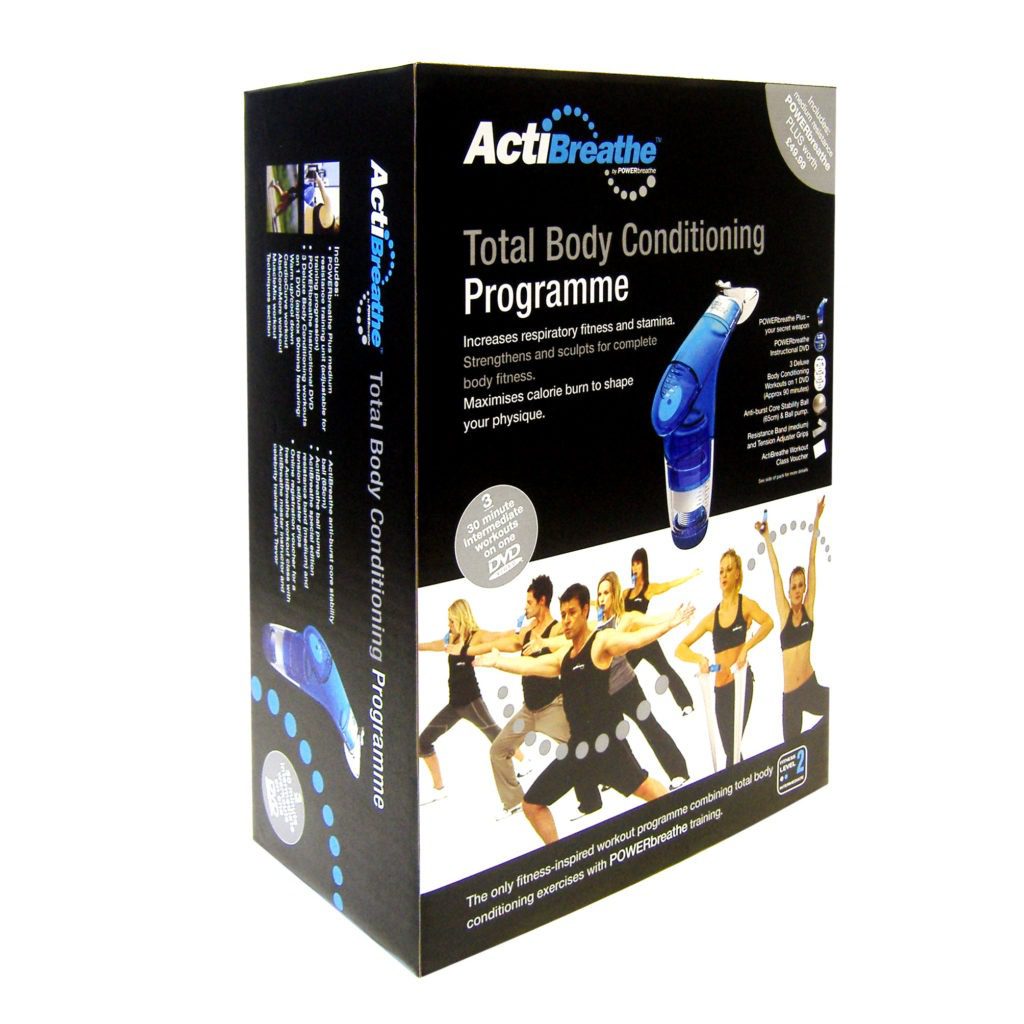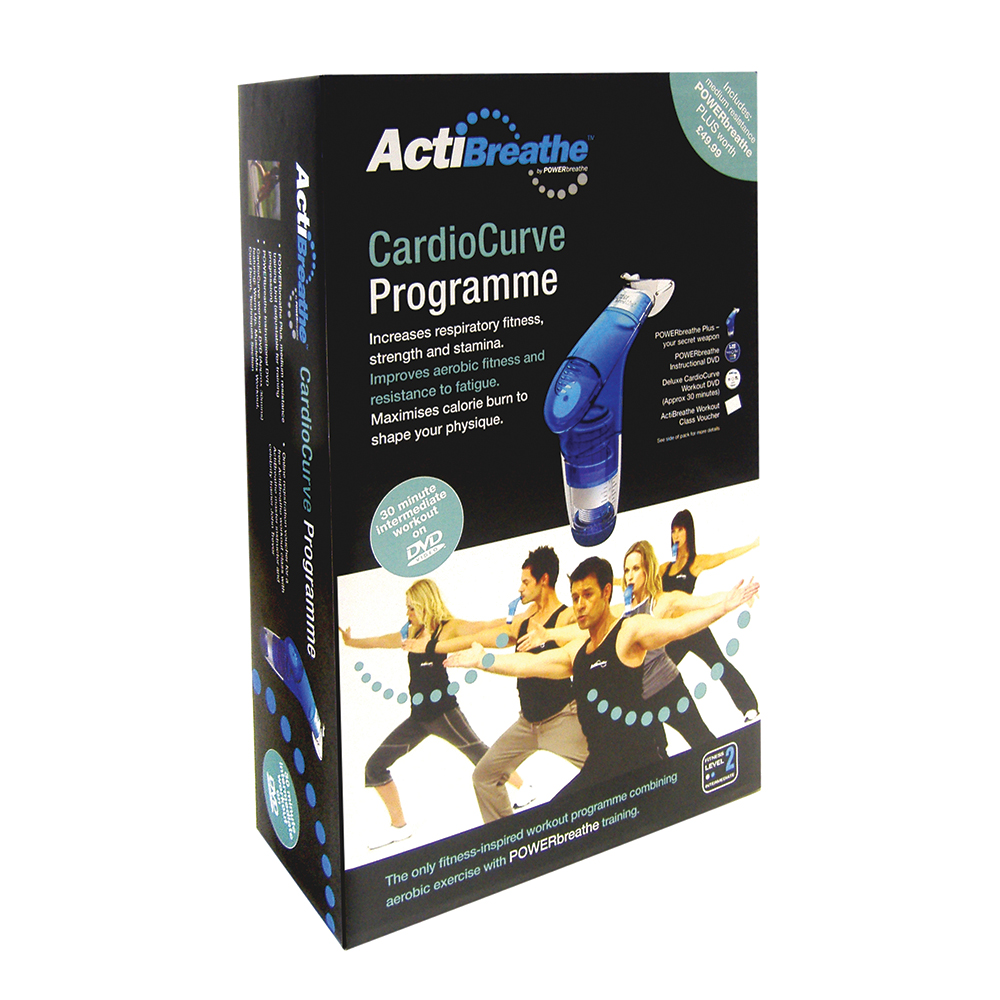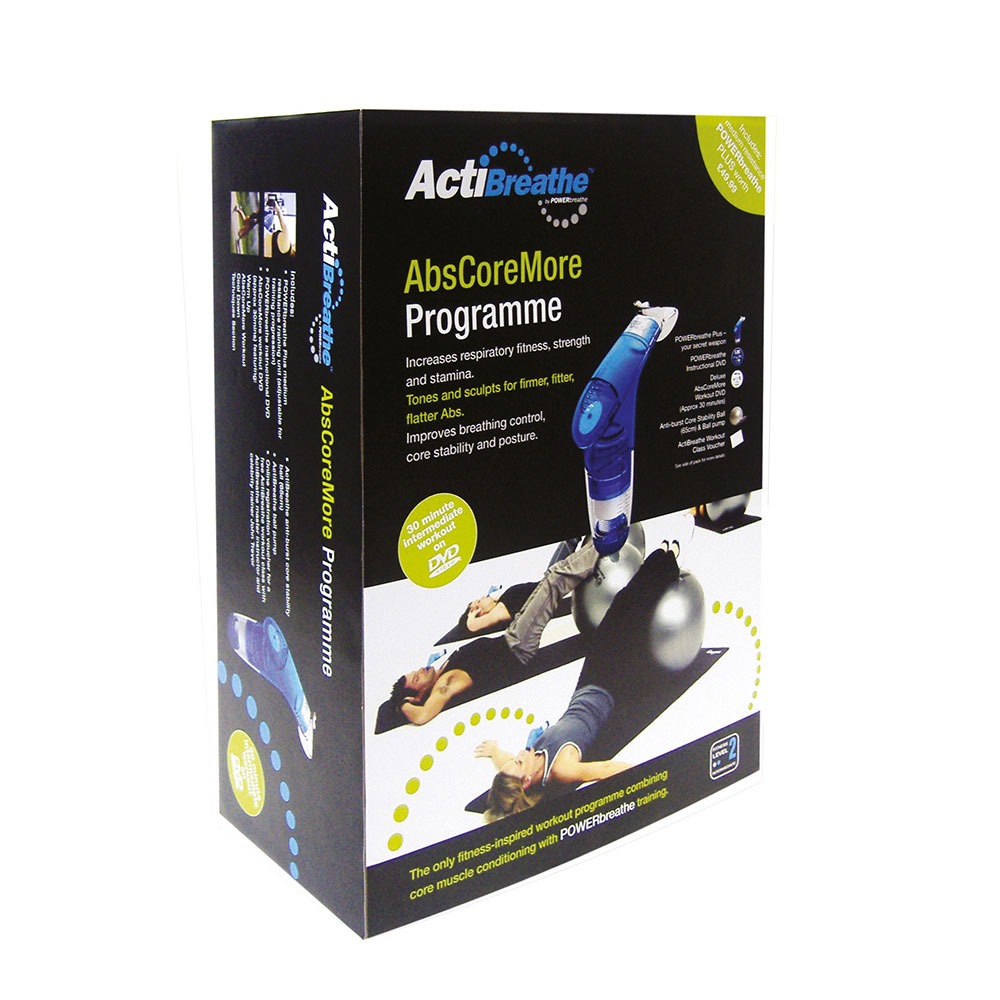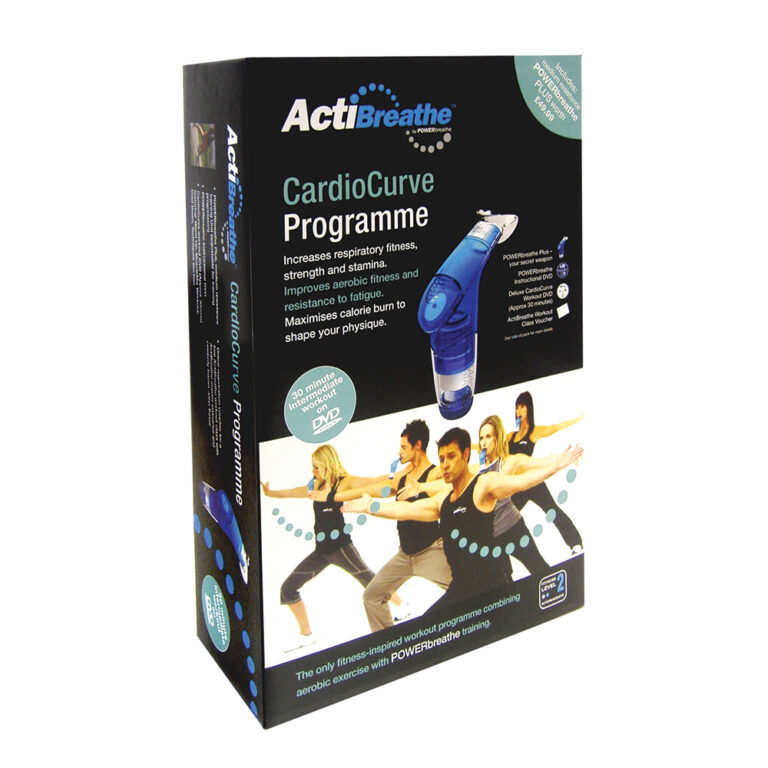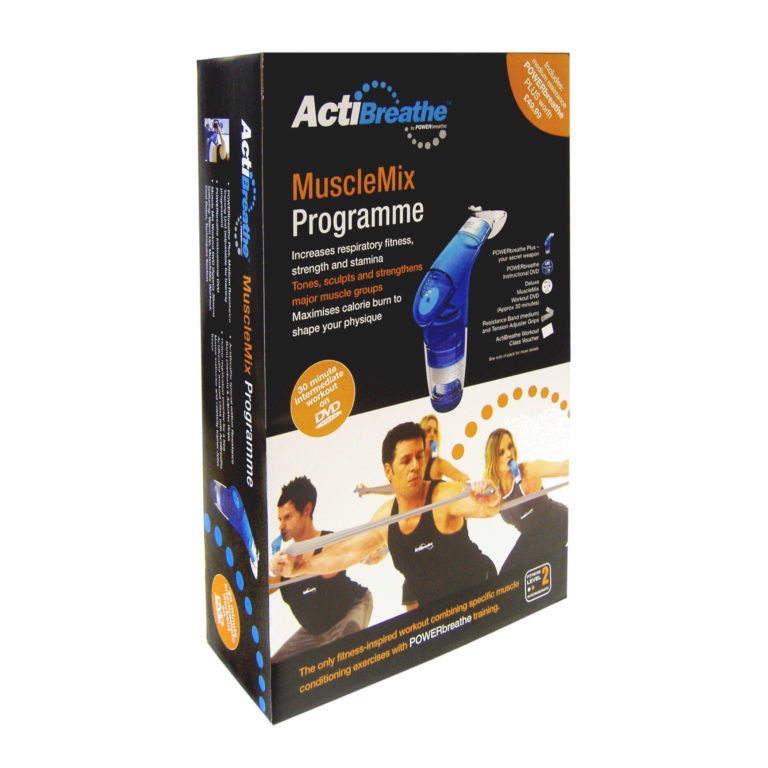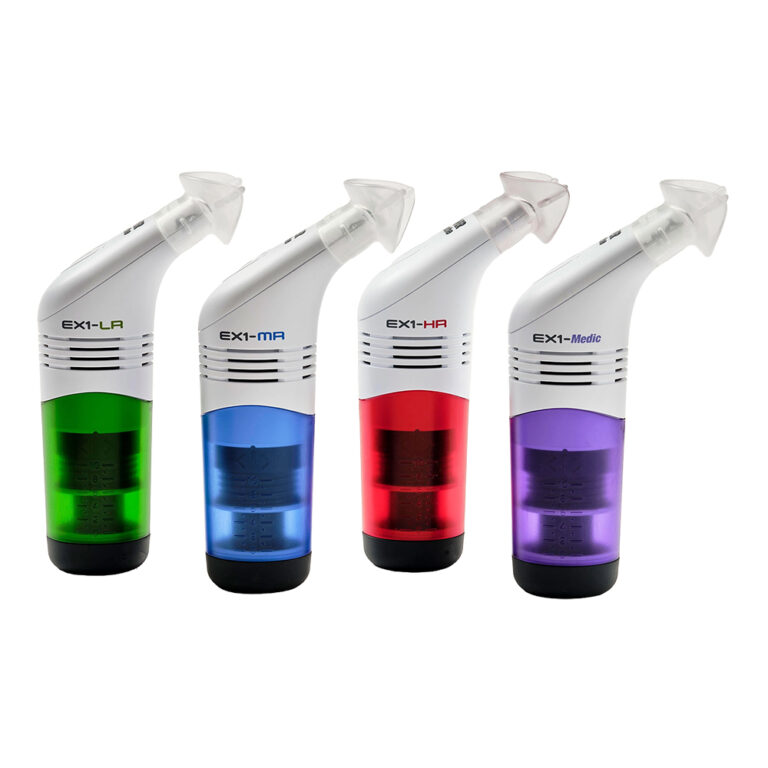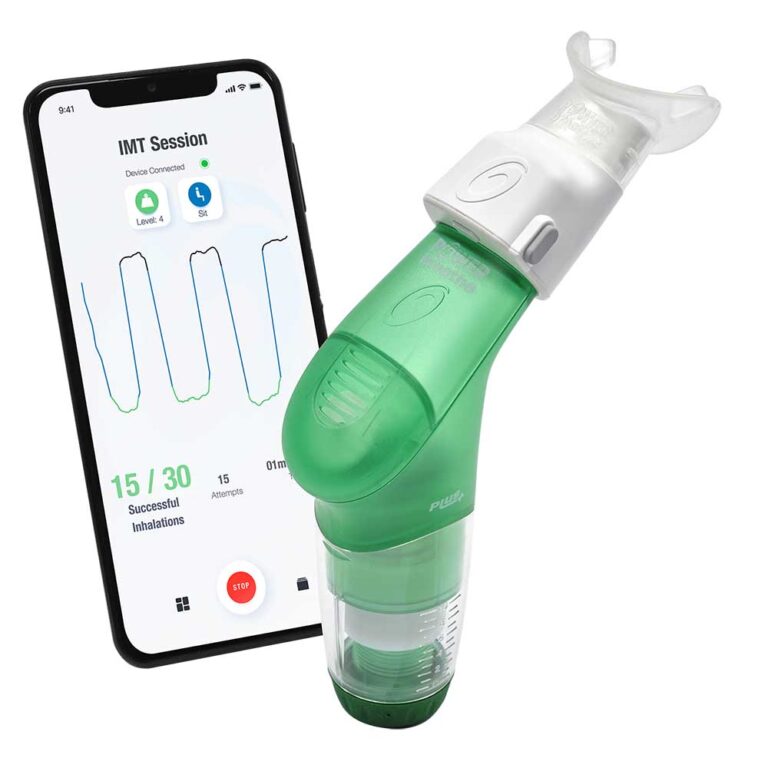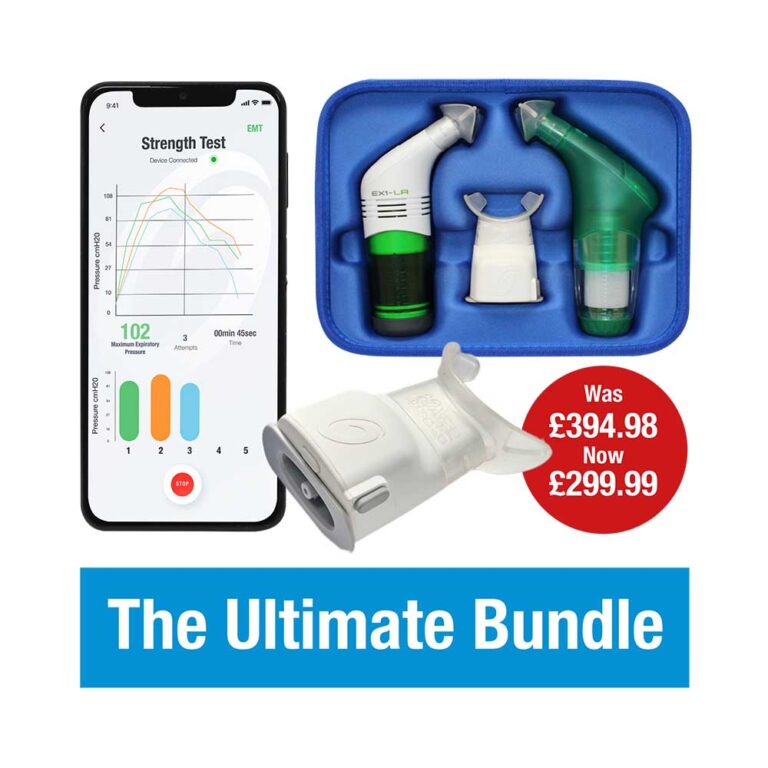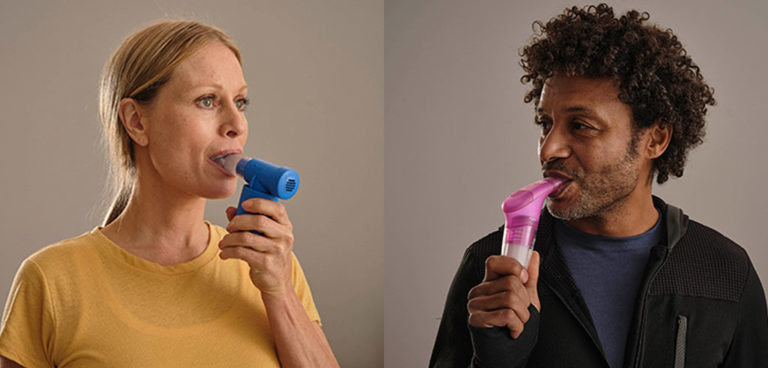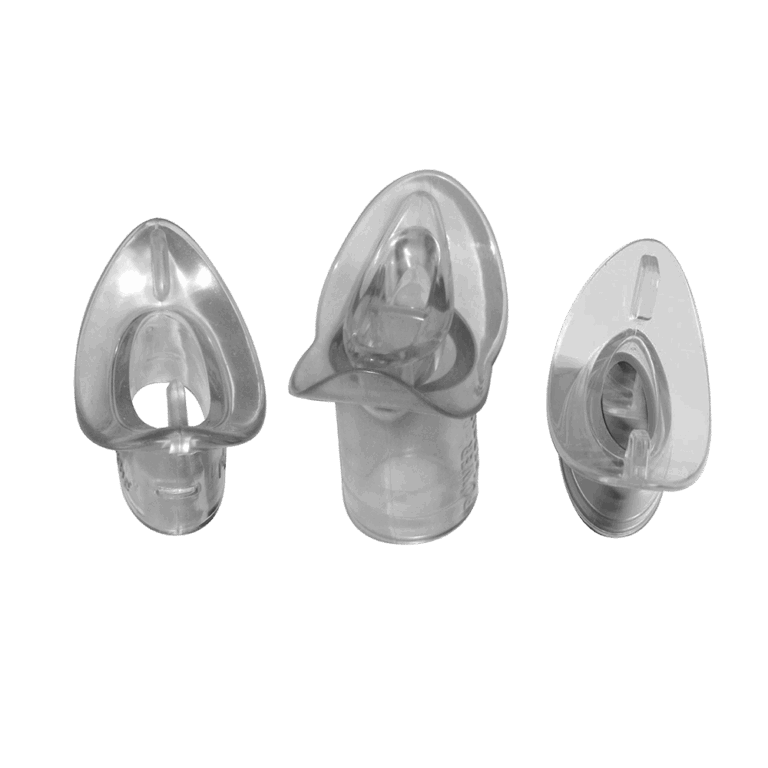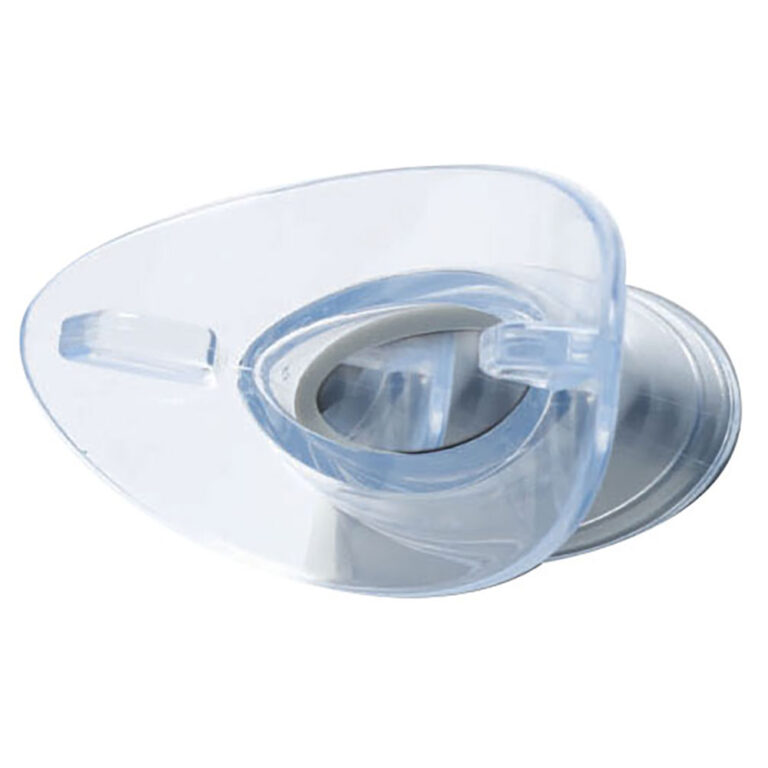Description
ActiBreathe Workout Kits
Transform your fitness and breathing strength with the ActiBreathe Workout Kits — a unique fusion of body conditioning and respiratory training. Each 30-minute workout combines effective body-toning exercises with targeted breathing resistance using the POWERbreathe Inspiratory Muscle Training (IMT) Plus device, helping you sculpt, strengthen, and energise your body from the inside out. The POWERbreathe Plus Inspiratory Muscle Trainer is compatible with the new POWERbreathe Smart Adaptor, enabling you to monitor your breathing training in real time.
Whether you’re building core stability, boosting cardiovascular endurance, or toning your upper and lower body, ActiBreathe workouts are designed to suit all fitness levels. Each routine includes dedicated warm-up, cool-down, and technique sections to ensure safe and effective training.
The POWERbreathe Plus device is used at key moments throughout the workouts to add resistance to breathing, strengthening the diaphragm and intercostal muscles. This enhances stamina, increases breathing efficiency, and reduces fatigue — helping you perform better in everyday activities and sport.
Choose from:
-
AbsCoreMore Kit – Strengthen and sculpt your core using the exercise ball for balance and stability.
-
MuscleMix Kit – Tone your upper and lower body with a cardio boost to burn calories.
-
CardioCurve Kit – Build aerobic endurance with a low-impact cardio workout.
-
Total Body Conditioning Kit – A complete three-workout collection for all-round strength and fitness.
Each kit includes everything you need to get started — workout DVD, equipment, and a POWERbreathe Plus Inspiratory Muscle Training device to maximise your training results.
Breathe better. Train smarter. Perform stronger with ActiBreathe.




